You need a headphone to listen to your musics or mix your tracks but you don’t know which one to choose from the plethora of existing models. This guide is made for you.
The choice of headphones is not super simple because there are several categories of them. We have hi-fi headphones and studio headphones. What you need in your arsenal is the second type of headphones: studio headphones because Beats Audio headphones are headphones that are colored at the base. That is to say that the manufacturer has equalized its product so that it boosts some frequencies of the songs that you are going to listen to with. In the case of Beats, it is mainly the bass that is boosted. In other brands, it is the bass and treble that are boosted to flatter the listener and make the songs heard more pleasant to the ear.
But why is it annoying if it is pleasant to the ear?
If you make your own music, you will often have to mix it and color your creations yourself. That is to say boost or reduce certain frequencies so that it sticks as much as possible to your taste or the genre you are doing. In this case, if you mix your track with Beat headphones, the bass may be too present your ears and you may attenuate the bass of your instruments to stick to what you want to hear. But since Beats headsets basically boost the bass, you are misled and when you listen to your track on a hi-fi system, for example, you will realize that your track is sorely lacking in bass. That’s why you need a studio headset that has the most neutral frequency response possible. That is to say that does not attenuate and does not boost any frequencies.
It’s a big job that brands do to get this neutral response, hence the price of this kind of helmet. All headphones color the sound they reproduce a little. This is due to the construction of these and the electronics that go with them. So to have a neutral response, the headphone speakers must be high quality ones but above all the electronics must also catch up with the coloration induced by the speakers. It’s a lot of work because they have to do this manipulation for each unit that leaves the factories and, in the end, the headphones can, however, color the sound a little.
Why use headphones?
Headphones are interesting on several levels. Already, it allows you to work without disturbing others. I can assure you that anyone will get tired of hearing the same section of your music that you have been looping for 10 minutes to work on your EQ and effects. Then, headphones can be transported more easily than monitoring speakers. You can easily work on your laptop on the train with correct sound. Then a headset is interesting if you can’t afford the monitoring speakers yet.
What are the types of studio headphones?
There are open, closed, semi-open headphones in On-Ear and Over-Ear with more or less impedance. Most studio headphones are in Over-Ear. This means that the helmet pad comes to rest around the ear unlike the On-Ear which arise on the pinna of your ear. Avoid the On-Ear to work for long periods because you could have ear pain in the long run. Then the insulation of the headphones is important.
Open headphones, for example, are best suited for mixing and mastering. They offer a larger soundstage. This means that the sound seems to come from further away than the speakers thanks to their open side. As they let the sound out, this gives a fairer idea of the actual stereo of your track because the ears can hear the sounds emitted by the two speakers at the same time but the people around you will also hear the headphones sounds and you will hear the surrounding sounds at the same time. In addition, if you record your voice with these headphones to hear the accompaniment, the microphone may pick up what comes out of the headphones. You will have to be careful not to have too high a volume in the headphones at the time of the recording and to check on your take in order to see if your hear the sound emitted by the headphones. If you are in a quiet place with no one around you then open headphones is most suitable.
Closed headphones, on the other hand, isolates you from the outside world. You will hear very little outside sounds and people around you will not hear the sounds played by the headphones. This is interesting in noisy places such as a stage, for capturing on the move or not to disturb others during your sessions. But closed headphones will give you less sound spatialization because the ears are isolated from each other. And there is also a greater risk of hearing fatigue after long sessions because the sounds emitted by the headphones go directly into your ears without being able to bounce outwards. Also, when you record your voice with closed headphones, you will hear your voice less well, which can be problematic for accuracy. But, at the same time, you only need to have the headphones on one of your two ears to hear your voice.
Semi-open headphones offer the best of both worlds, but they are headphones that let out the sound they emit, so be careful when recording.
The ideal would be to have an open headphone for mixing / mastering and a closed one for recording and traveling.
Also, studio headphones often have a fairly long cable of at least 3 meters twisted or not and a 6.35mm or 3.5mm jack with an adapter. The idea is to be able to have a good range of movement to go from one end to the other of the 3 meters mixer tables found in studios or so to be comfortable when you sing or play of an instrument with the headphones on the ears. This cable is often fixed, but on certain models, there is a jack plug, mini XLR or a proprietary port on the headphones, which allows the cable to be changed easily if it should be defective. Rather well seen.
What about impedance?
Impedance is the resistance of the current that flows through a coil like the one that makes up the headphones speakers. The higher this value, the more power will be required for the headphones to give the best of itself. Basically, headphones with a low impedance will sound very loud while your volume button will be barely 10 or 20%. On the contrary, headphones with a high impedance could sound weakly on the same output while the volume button is fully up.
Also, the higher the impedance is, the less noise the headphones will have. If the value is low, this also means that a small device such as a smartphone or a portable music player will be able to ring the headphones very loud but above all its battery will not be drained at high speed to push the headphones. Headphones with a high impedance sound, too, more precisely than headphones with a lower impedance. So, it is more interesting for a studio to have headphones with a high impedance like 60- 250 ohms or more to have the best sound and to keep headphones with a lower impedance for listening to leisure, your sessions on the go or if you have a slightly weak output. You must also pay attention to the power of your headphone output from your studio to be sure that it is large enough to have the correct volume in yours, otherwise you will need to use a headphone amplifier to make up for this. The best is that you test the headphones on your output and if the volume seems weak beyond 70% of the button then invest in an amp.
What is a perfect headphone for mixing / mastering?
Perfect headphones would be headphones that detail the sounds in each frequency and which transcribe exactly the sound you have in your DAW but you should know that there is no really perfect headphones. They all color the sound of your track a little bit, except perhaps very high-end headsets at between € 500 and € 2,000. Only monitoring speakers will give you much more neutral sound than headphones. Suddenly, you will need to know the frequency curve of your headphones to be able to make the right decisions in terms of mixing and mastering.
For example, I have AKG K-551 (which is no longer manufactured but we can still find him or the K550, on occasion or on marketplaces). It is known to have a very neutral sound and it is true, especially in the bass which is not very present. Which means that I know that I shouldn’t push my bass too much in my mix when I mix with this headphone. If I do, I risk having a mix with too much bass when it is played on other systems. The only solution, I compare my mix on my monitoring speakers and on different systems to it find out.
Here, now that you know what there is to know about headphones, here is my selection:
(The prices indicated are the prices that I noted at the time of writing this article in May 2020.
They may have changed on the sellers site by the time you read it.)
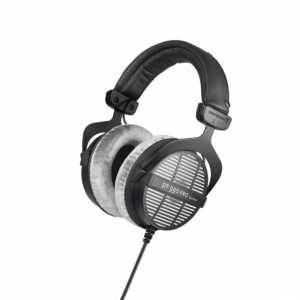
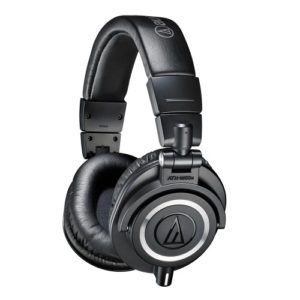


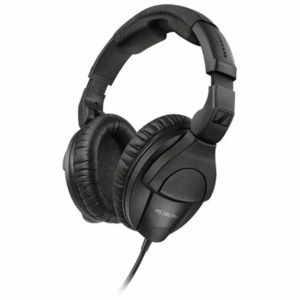
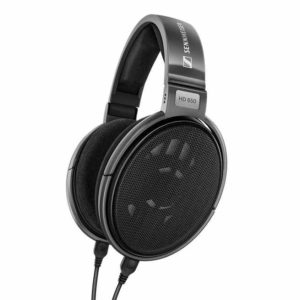
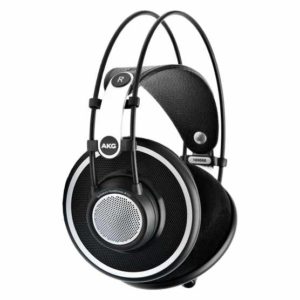

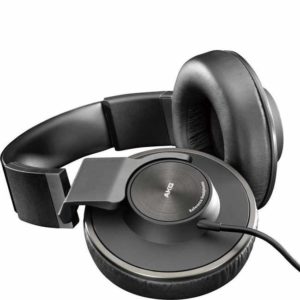
I can help you a little in your choice with the list of “If”:
– If you want to use your headphones to mix or master your tracks then I advise you to go to the DT-990 Pro, the AKG K702 / K712, the Sennheiser HD6xx or the Neumann NDH20.
– If you want a headset to dial on the go in a noisy place like public transport then I recommend the DT-770 Pro or the Shure SRH instead.
– If you want a headset to monitor your recording sessions then you can go to any closed headset like the DT-770, the Audio-technica ATH-M50X, the Sony MDR-7506 or the Sennheiser HD280 as long as the cable is quite long.
– If you only want to listen to or listen to your music then go to the Audio-technica ATH-M50X, the Shure SRH, the Sony MDR-7506 or even the Neumann NDH20.
Here you are, you have reached the end of my selection. There are still a lot of models out there and if your goal is only to enjoy leisure listening then you can see on the side of Bose or Beats audio which make very good headphones.
I hope you find this guide useful in your choice. Leave me a message in the comments if you know of any other studio headphones, if you have any comments, or if you have any questions or themes that you would like me to address.
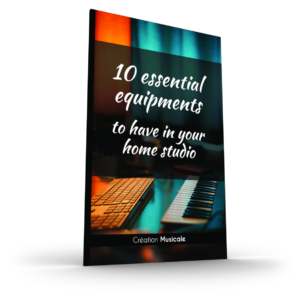
Interested by this post!
Subscribe to the newsletter to receive the new ones + my eBook "10 essential equipments to have in your home studio" for FREE!
(You'll receive max. one email per week) Your information will stay confidential.

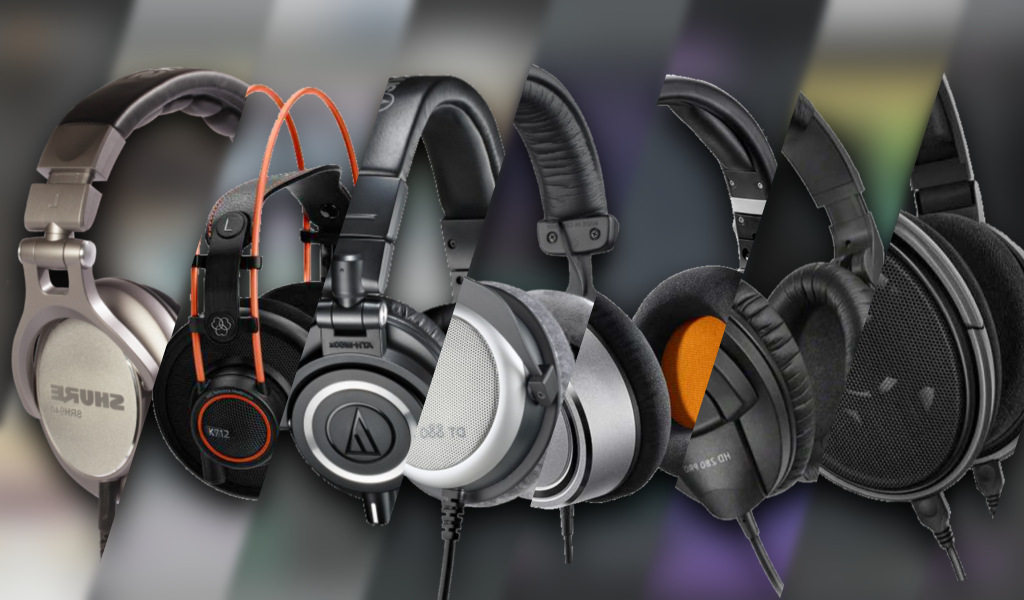
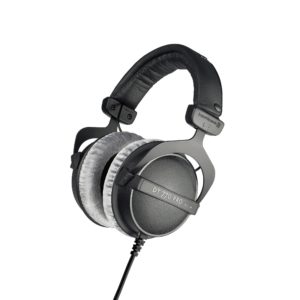
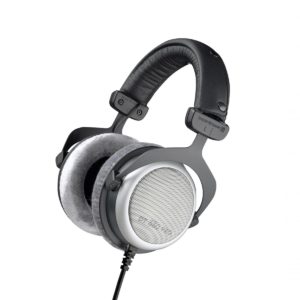
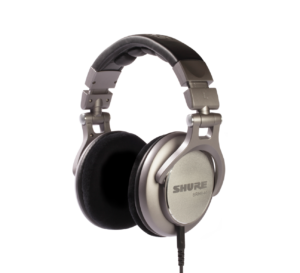
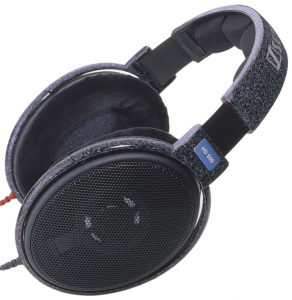
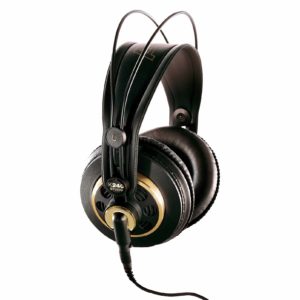
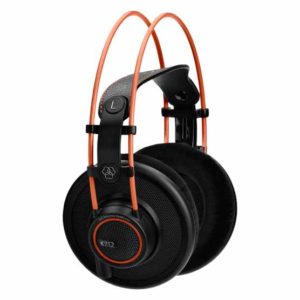

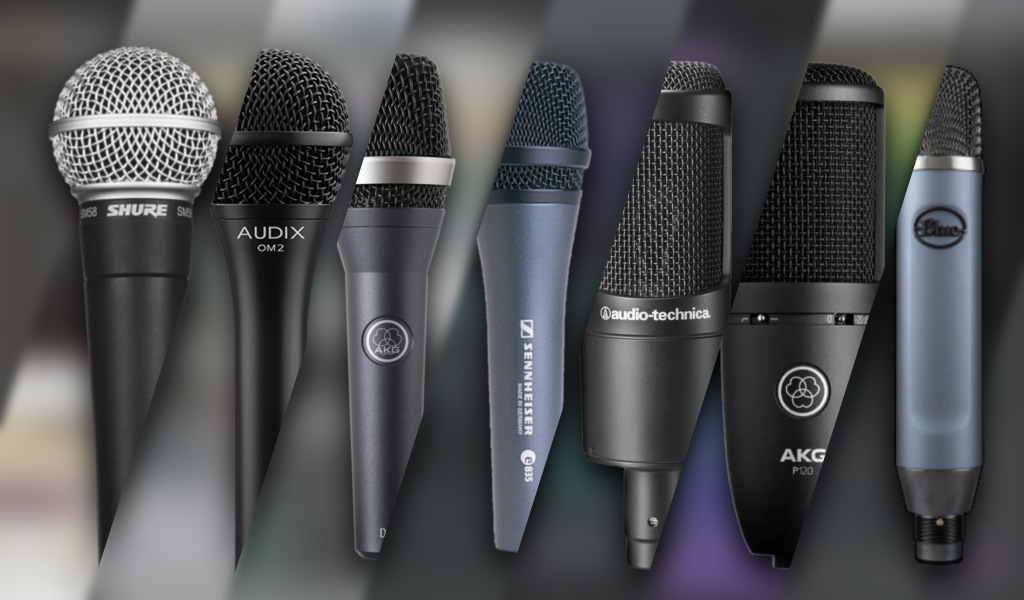
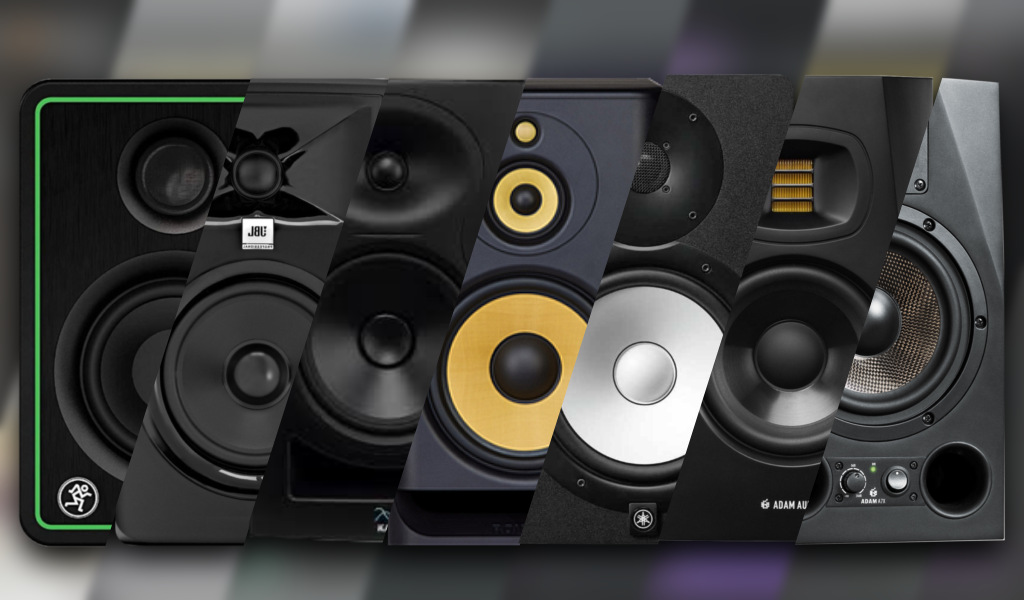

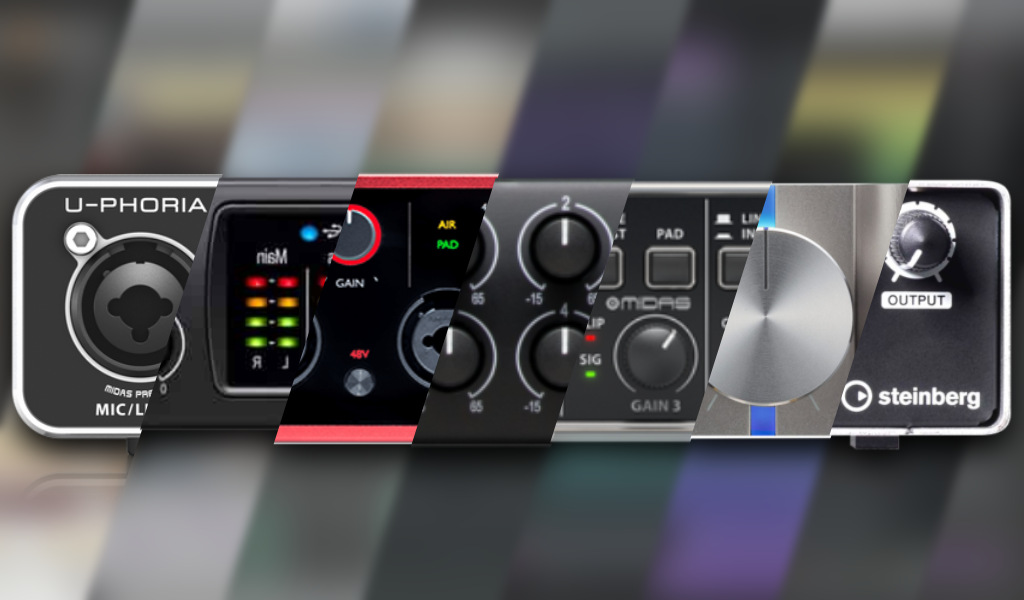
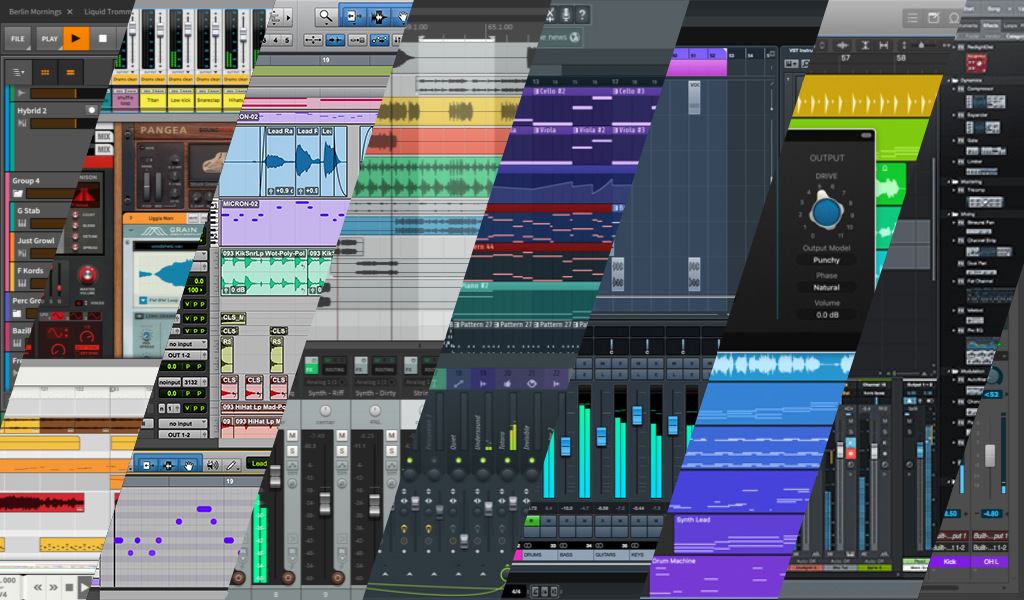
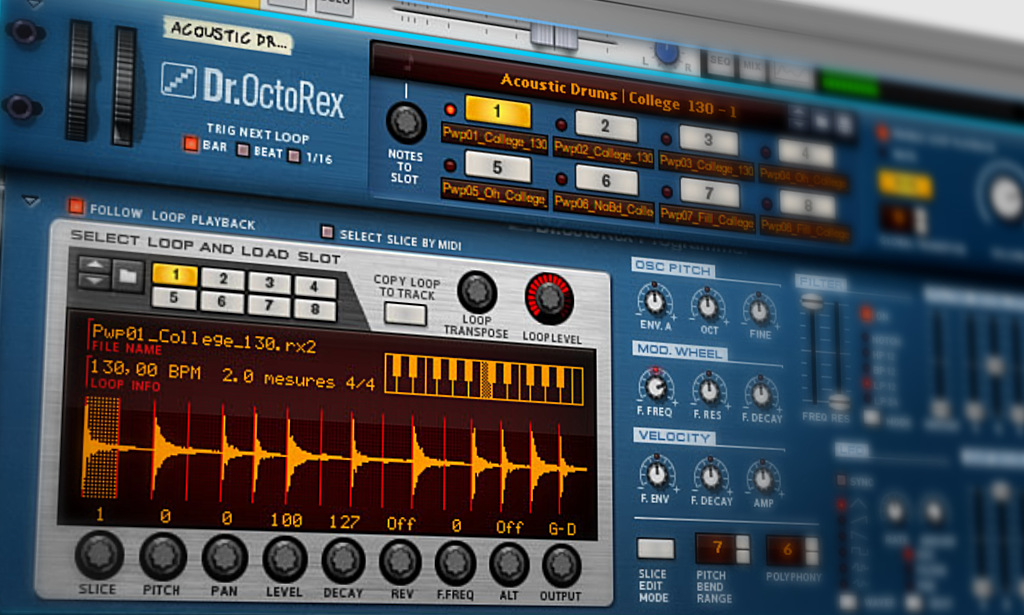

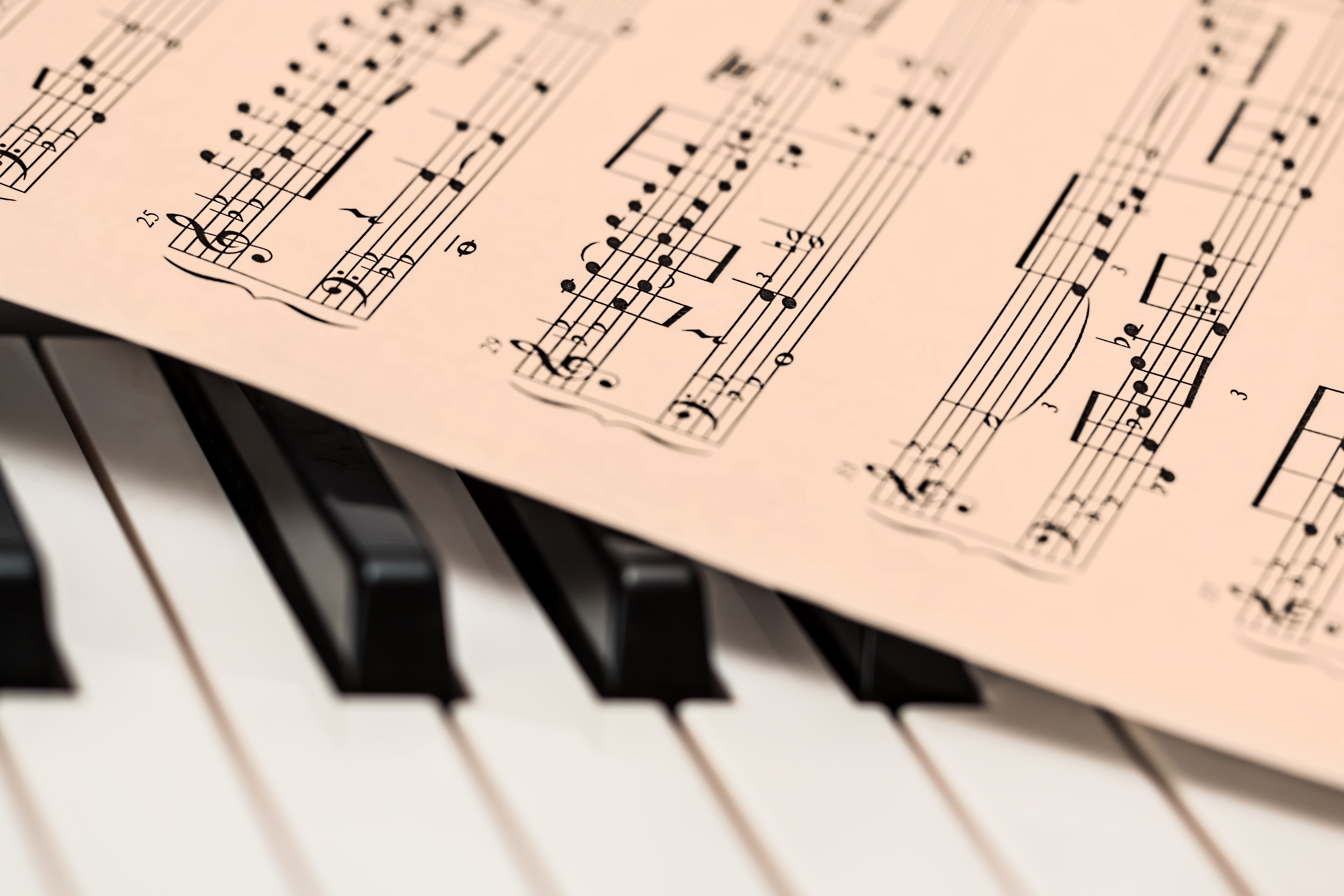
Be the first to comment